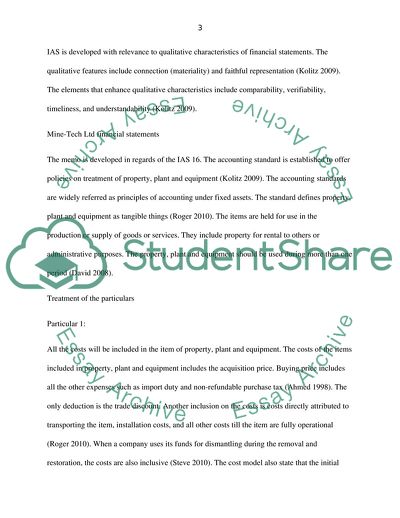Cite this document
(Finance reporting-IAS Essay Example | Topics and Well Written Essays - 1500 words, n.d.)
Finance reporting-IAS Essay Example | Topics and Well Written Essays - 1500 words. https://studentshare.org/finance-accounting/1847346-finance-reporting-ias
Finance reporting-IAS Essay Example | Topics and Well Written Essays - 1500 words. https://studentshare.org/finance-accounting/1847346-finance-reporting-ias
(Finance Reporting-IAS Essay Example | Topics and Well Written Essays - 1500 Words)
Finance Reporting-IAS Essay Example | Topics and Well Written Essays - 1500 Words. https://studentshare.org/finance-accounting/1847346-finance-reporting-ias.
Finance Reporting-IAS Essay Example | Topics and Well Written Essays - 1500 Words. https://studentshare.org/finance-accounting/1847346-finance-reporting-ias.
“Finance Reporting-IAS Essay Example | Topics and Well Written Essays - 1500 Words”. https://studentshare.org/finance-accounting/1847346-finance-reporting-ias.


